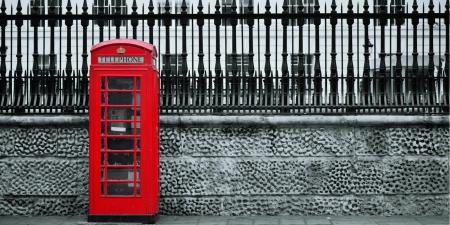Case
For the first presentation of his cardiology elective, Scott was to select an angiogram and discuss his observations with the other students, residents, and faculty. He selected Mr. Douglas's angiogram taken during his visit with Dr. Kim.
Scott decided the angiogram showed 3, possibly 4, significantly to severely blocked arteries. The next time he saw the attending cardiologist, Dr. Carlson, Scott asked him to look at the film to see if he concurred. Dr. Carlson pinpointed 4 areas of interest on the angiogram, and asked Scott, "What are those?" "They look like 1 significant and 3 severe atherosclerotic stenoses," Scott answered, and Dr. Carlson agreed.
Scott noticed that the short narrative accompanying the angiogram mentioned only the 3 severe blockages. Assuming Dr. Kim would want to know about this information, Scott tracked him down and asked whether he wanted to inform Mr. Douglas of the new diagnosis.
Dr. Kim responded, "I told Mr. Douglas about the severity of his condition, but he was adamant that he was not interested in surgery because he has a misguided belief that lifestyle changes will resolve his condition. I don't think news of one more significant blockage is going to change his mind."
Scott wasn't satisfied. Believing that Mr. Douglas was in danger of an acute myocardial infarction, he thought Mr. Douglas should know about the greater severity of his condition. But Scott couldn't take it upon himself to track down Mr. Douglas and call him. The guy would think he was nuts, not to mention that he'd be undermining the relationship between Dr. Kim and Mr. Douglas.
Scott mentioned the case to his wife that night, mostly to let her know about his diagnostic "catch." But Becky's response was all about Mr. Douglas. "It's okay for you to practice on those patients," Becky said, "for the good of medical education and the benefit of society. Now here comes a case where somebody might benefit from the fact that a student carefully looked at his angiogram. That could only happen in a teaching hospital. You have to do something, Scott."
The next day Scott approached Dr. Carlson to tell him about his exchange with Dr. Kim. Upon informing Dr. Carlson of the exchange, Scott didn't know what to expect. Dr. Carlson shook his head. "Don't worry about it Scott, I'll take care of it."
What should Dr. Carlson do? (select an option)
A. Follow Dr. Kim's instructions that no further action is needed.
B. Contact Mr. Douglas directly.
C. Tell Dr. Kim that if he does not inform Mr. Douglas, then Dr. Carlson will feel obligated to do so.



